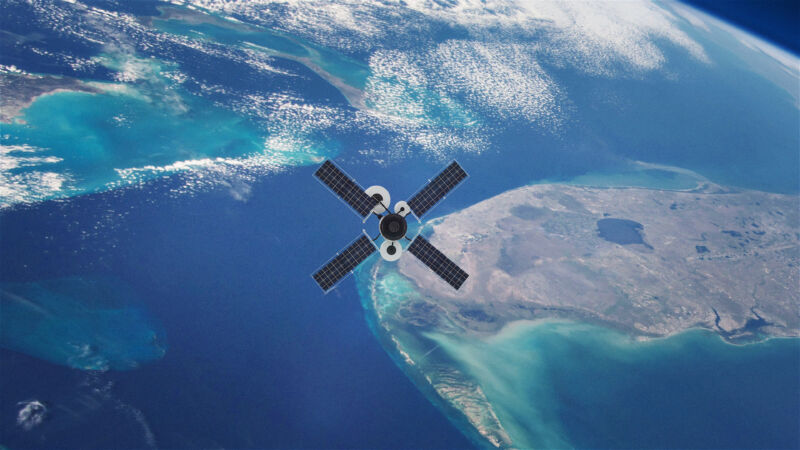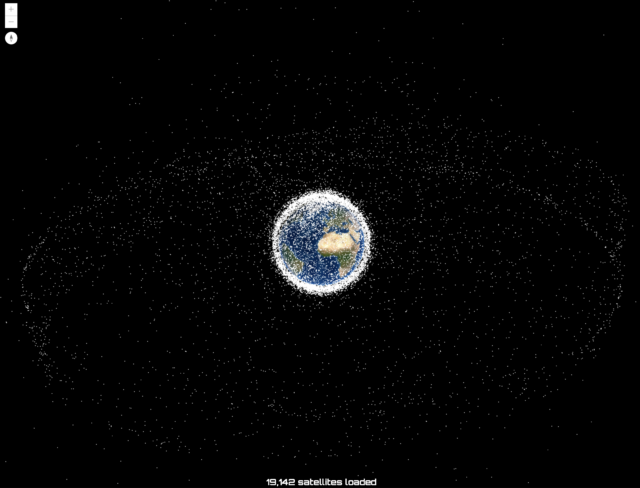
janiecbros | Getty Images
For more than 20 years, the Landsat 7 satellite orbited the Earth every 99 minutes or so, capturing images of nearly the entire surface of the planet every 16 days. One of several vessels that observed the changing globe revealed melting glaciers in Greenland, the growth of shrimp farms in Mexico and the extent of deforestation in Papua New Guinea. But after Landsat 7 ran out of fuel, its service life effectively ended. Regular maintenance was not an option in the space.
Now, however, NASA has a potential solution for such weakened satellites. In a few years, the agency plans to launch a robot into orbit and maneuver it within grasping distance of Landsat 7. The robot will use a mechanical arm to grab it and refuel it in mid-air.
If successful, the mission would be a milestone: the first refueling of a satellite in space. And this mission is just one of a number of planned public and private ventures designed to use robots to repair and upgrade the billions of dollars worth of satellites orbiting Earth.
Ultimately, such efforts could lead to better and cheaper satellites that lower the cost of the Internet and cell phone networks, provide better weather forecasts and provide an unprecedented view of planetary changes and of the universe. They could even enable a new wave of construction in Earth orbit, with armies of robots building satellites, space stations and even Mars-bound spaceships.
Giving satellites a longer life
At present, there are approximately 4,852 working satellites in orbit, which play a vital role in communications, remote sensing and other tasks. Nearly all were launched with the knowledge that if something broke, there was no way to fix it. Most satellites also need fuel to adjust their orbit from time to time. Once that’s gone, they can become so much space junk, adding to the already significant flow of debris that surrounds the world.
“Imagine going to buy a car tomorrow,” said Brian Weeden, head of an industry group called the Consortium for Execution of Rendezvous and Servicing Operations (CONFERS). “And you have to take into account that you can never put gas in it again. You can never change the oil. You can never maintain or repair anything. And you have to use it for the next 10 years. How expensive and how complicated do you think that car will be? That is exactly what we have done with satellites.”

ESRIA
To keep satellites working for as long as possible, engineers build in redundant systems and fill in as much fuel as they can. All this over-engineering adds to the cost of building and launching the satellites — a modern communications satellite can cost about $500 million.
Nearly all construction and repairs to date in space have relied at least in part on astronauts, including repairs to the Hubble Space Telescope and the construction of the International Space Station. But sending humans into space is hugely expensive, so efforts to develop robots to do the job have increased in recent years.
“What we would really like is to have a robotic mechanic in space who can fix satellites if they break,” said Carl Glen Henshaw, chief of the robotics and machine learning section at the US Naval Research Laboratory.

